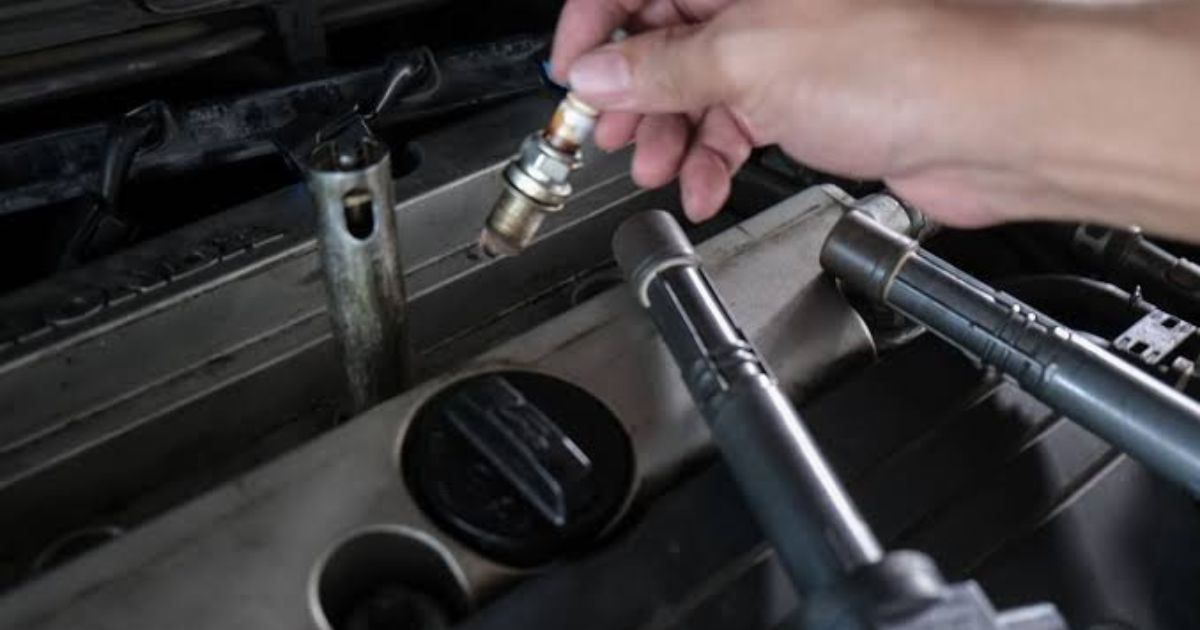Introduction to Diagnosing a Bad Ignition Coil
The ignition coil is an essential part of your vehicle’s ignition system. It converts the battery’s low voltage into the high voltage needed to create an electric spark in the spark plugs to ignite the air-fuel mixture. A bad ignition coil can lead to a variety of engine performance issues. This guide explains the common symptoms of a failing ignition coil and provides tips on how to diagnose the problem.
1. Common Symptoms of a Bad Ignition Coil
✅ Engine Misfires
- If the ignition coil is faulty, it may not provide enough voltage to the spark plugs, causing the engine to misfire.
✅ Rough Idle
- A bad coil can lead to uneven engine performance, often resulting in a rough idle or vibrations when the vehicle is at a stop.
✅ Difficulty Starting the Engine
- When the ignition coil fails, the engine may have trouble starting or may not start at all.
✅ Poor Fuel Economy
- Misfires and incomplete combustion caused by a bad coil lead to increased fuel consumption.
✅ Check Engine Light (CEL)
- A malfunctioning ignition coil often triggers the check engine light. Diagnostic trouble codes (DTCs), such as P0350 to P0362, may indicate coil issues.
✅ Loss of Power or Acceleration
- A faulty ignition coil can cause sluggish acceleration and a noticeable drop in engine power, especially under load or during acceleration.
✅ Backfiring and Sputtering
- Improper ignition timing due to coil failure can cause unburned fuel to ignite in the exhaust system, producing backfires.
2. How to Diagnose a Bad Ignition Coil
Step 1: Visual Inspection
- Check the ignition coil for cracks, burns, or corrosion.
- Inspect the wiring and connectors for damage or loose connections.
Step 2: Swap Coils (If Applicable)
- If your vehicle has individual coils per cylinder, you can swap the suspect coil with one from another cylinder.
- If the misfire moves to the new cylinder, the coil is likely bad.
Step 3: Use an OBD2 Scanner
- Scan for diagnostic trouble codes (DTCs).
- Codes such as P030X (misfire in cylinder X) or P035X (ignition coil X malfunction) can point directly to a coil problem.
Step 4: Test with a Multimeter (For Advanced Users)
- Measure the primary and secondary resistance of the coil using a digital multimeter.
- Compare your readings with the specifications in your vehicle’s service manual.
3. Causes of Ignition Coil Failure
🔧 Age and Wear
🔧 Heat and Vibration Damage
🔧 Moisture Intrusion
🔧 Faulty Spark Plugs or Plug Wires, which can increase coil stress
🔧 Electrical issues or poor grounds
4. Final Thoughts: Replacing a Bad Ignition Coil
A bad ignition coil can severely impact your vehicle’s performance and fuel efficiency. Early diagnosis and replacement can prevent further damage to your engine and catalytic converter. If you notice any of the symptoms listed above, it’s best to test and replace the faulty coil as soon as possible or consult a professional mechanic for assistance.
